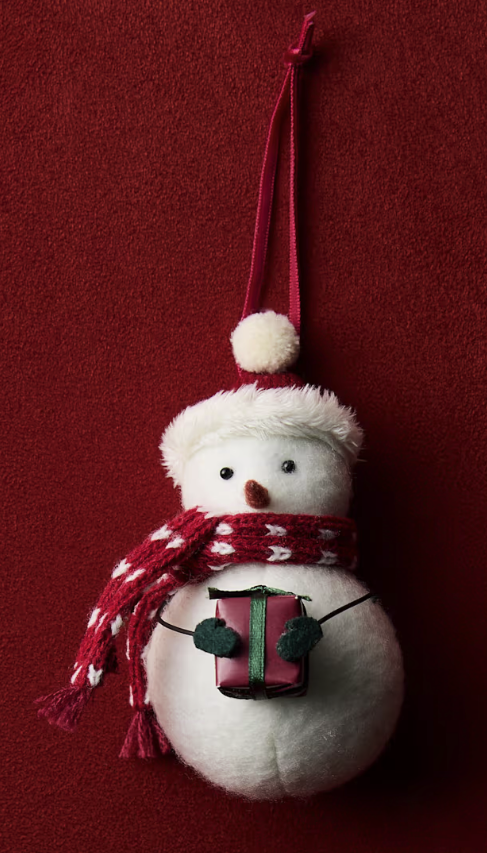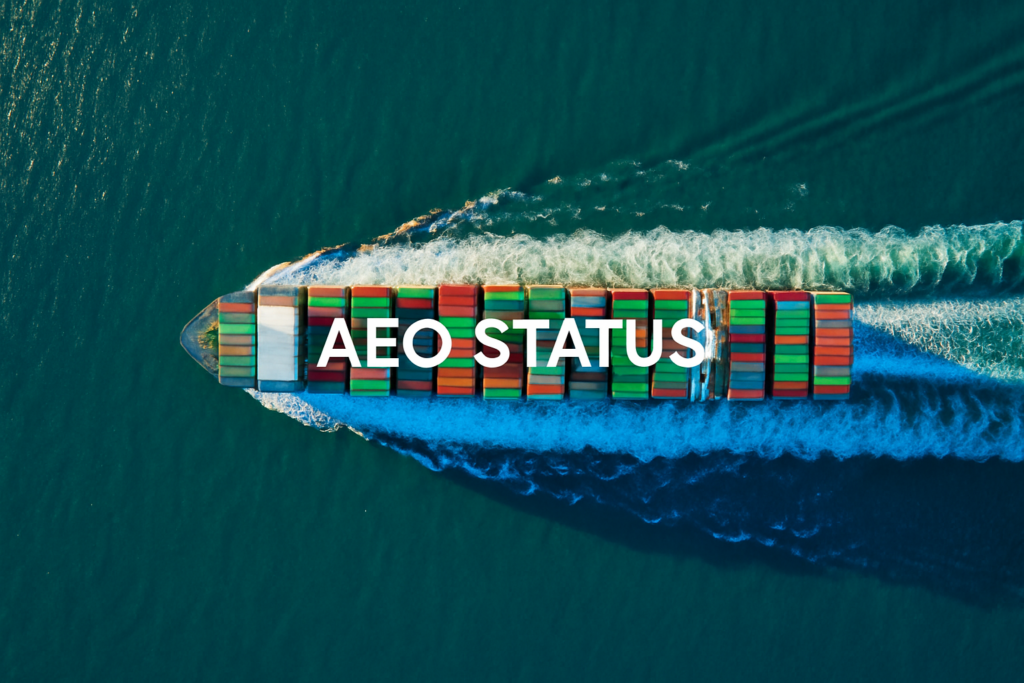5 customs classification mistakes that mean fines
Topics
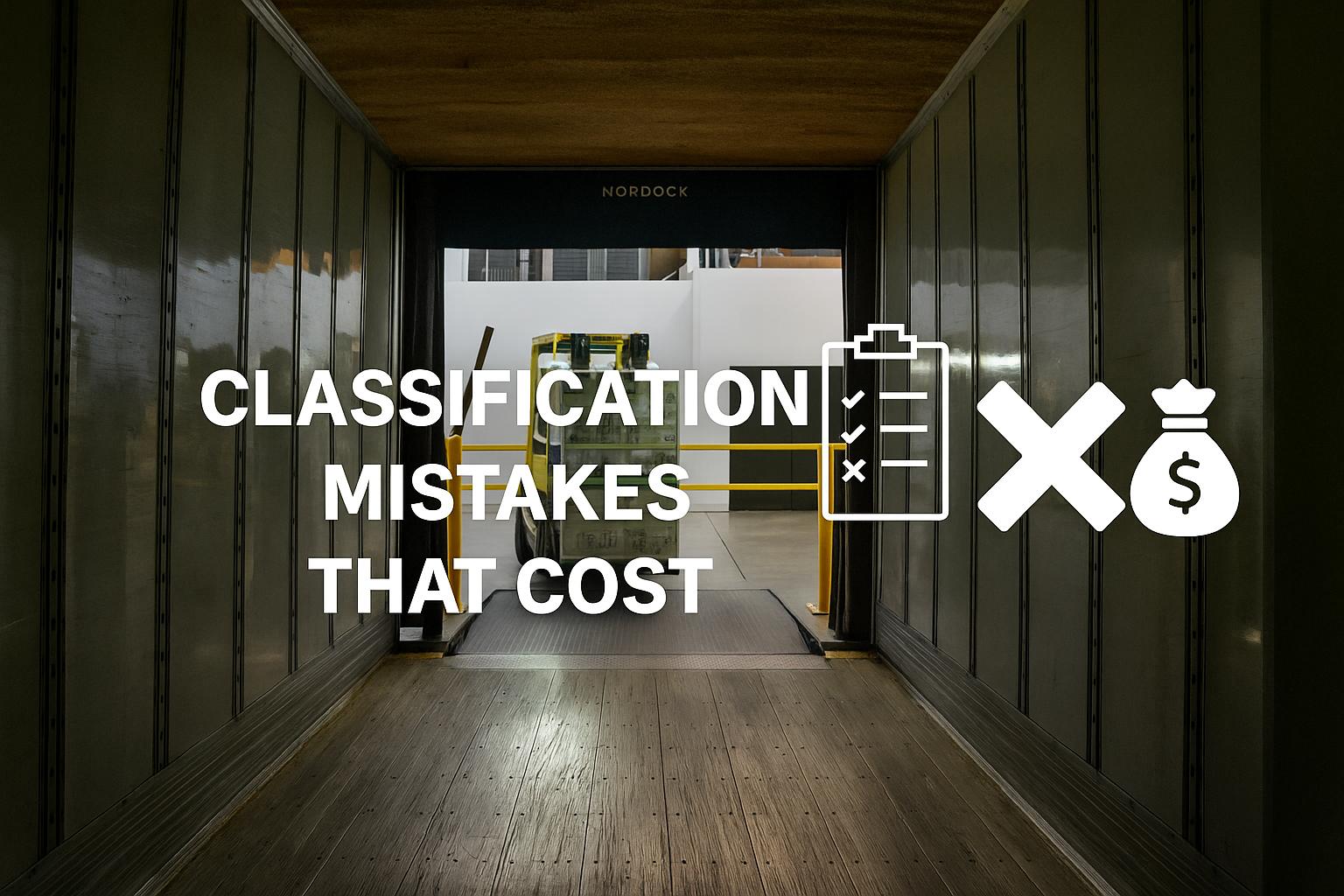
Helping high-risk industries avoid expensive errors
If your business imports goods – whether electronic components, automotive parts or food and drink products – customs classification is more than a back-office formality. It’s one of the most high-risk compliance areas in international trade. One wrong code can delay shipments, trigger audits and lead to fines in the tens of thousands.
At TariffTel, we’ve helped many businesses classify millions of products accurately and compliantly. But now, we’re seeing increased demand from manufacturers and electronics firms facing classification challenges. Below, we break down five of the most common classification mistakes and how to avoid them – whatever industry you’re in.
1. How wrong can a HS code really be?
Answer: Very wrong, and very expensive.
The Harmonised System (HS) determines import duties, restrictions and safety requirements. A misclassified product can lead to:
–Higher-than-necessary import duties
-Shipment seizures
-Persistent audits from HMRC or equivalent authorities
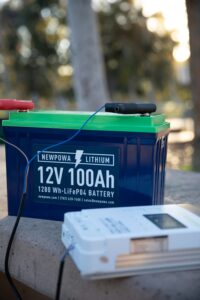 Example: An electronics importer used a generic code for lithium-ion battery packs instead of one reflecting their classification as dangerous goods. Customs held the shipment, issued a penalty, and flagged the company for future inspections.
Example: An electronics importer used a generic code for lithium-ion battery packs instead of one reflecting their classification as dangerous goods. Customs held the shipment, issued a penalty, and flagged the company for future inspections.
Key takeaway: Even similar products can have vastly different codes due to intended use, power capacity or safety risk.
2. Can’t my team do it manually? Or search ChatGPT?
Answer: That’s a dangerous assumption.
Manual classification tools or general search engines or AI often lack the nuance needed for modern, multi-component products. Factors like material composition, origin or end use can shift classification.
Industry insight: In our experience, internal teams frequently rely on internal spreadsheets or ad hoc knowledge. We regularly see that 2 in every 5 tariff codes are wrong.
Why TariffTel: We combine algorithmic classification with expert human validation ensuring 99.9% accuracy and catching the grey areas that trip up even experienced teams.
3. We’ve always used this code. Why change it now?
Answer: Because codes – and interpretations – change.
The World Customs Organisation (WCO) updates HS codes every five years, with the next one expected in 2028. In addition to this, HMRC frequently issue binding classification opinions that reframe categories.
issue binding classification opinions that reframe categories.
Example: A fashion brand used the same HS code for synthetic handbags for three years. After a rule update, those products moved into a new category with a higher tariff rate. The delay in updating resulted in overpayment and retroactive fines – all of which could have been avoided if the company had a process to keep up-to-date with tariff code changes.
Tip: Use a system like TariffTel that updates codes automatically, and immediately. Never be caught out again.
4. We only ship a few SKUs – are we really at risk?
Answer: Yes – especially in regulated sectors.
Electronics, batteries, chemicals and food products are all subject to heightened scrutiny. Even small importers are flagged based on product category, not volume.
Example: A company importing aluminium casings with secondary uses for defence applications triggered a dual-use review. While the parts were benign on their own, their potential classification under Export Control Order 2008 required additional licenses. Something they hadn’t anticipated.
Risk is determined by what you ship – not how much you ship.
5. We’ve got a broker – don’t they handle this?
Answer: Brokers submit data, but liability rests with you.
Classification is only accurate so long as the information provided is accurate. Brokers typically don’t validate product data. At TariffTel, we work closely with your suppliers who know your product best to ensure all product data is correct.
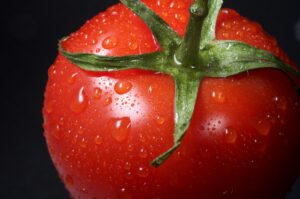 Example: A UK food importer listed the wrong variety of tomato on documents and submitted this to their broker. With over 10,000 varieties this is easy to do and was a recent update in the HS 2025 amendments. The classification the broker assigned was therefore incorrect and could be corrected by customs leading to fines for misclassification.
Example: A UK food importer listed the wrong variety of tomato on documents and submitted this to their broker. With over 10,000 varieties this is easy to do and was a recent update in the HS 2025 amendments. The classification the broker assigned was therefore incorrect and could be corrected by customs leading to fines for misclassification.
The better way: Use a hybrid classification platform, like TariffTel, that ensures the inputs to your customs broker are accurate and aligned to live tariff guidance. Our understanding of the nuances involved in classification mean errors like this do not happen and you have peace of mind.
Why this matters now: Whether retail or electronics
TariffTel has helped leading retail and food and drink and fashion brands such as M&S, ASDA and boohoo classify products with the highest standard in tariff code accuracy. Now, as electronics and manufacturing firms face increasing scrutiny and tighter margins, our platform – and the people behind it – are proving invaluable across different industries.
High-risk industries need high-certainty classification. Whether it’s microchips or marinara sauce, these products face the same penalties if coded incorrectly. The difference is the complexity and TariffTel is purpose-built to handle the most complex of classifications.
Ready to check your customs classification risk?
Test out your compliance with our Compliance Health Check Quiz. Quick to take, it provides you with a personalised summary of your results and expert recommendations from our team how you can improve classification.
Get in touch with our team for more information about TariffTel and how it can support your classification.
Other Useful Resources
When is a rat not just a rat at Halloween?
Halloween merchandise gets more varied and inventive every year. This often makes these fun, seasonal products tip into ...
Christmas classification confusion: Navigating conflicting tariff notes
Businesses classifying festive goods in the UK and EU this season are facing an unusual classification challenge, a misa...
Seeking AEO status? Accurate tariff codes are crucial
Securing Authorised Economic Operator (AEO) status signals your business is a trusted, compliant player in international...

